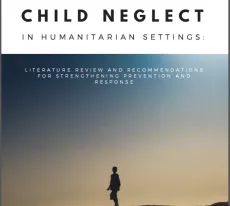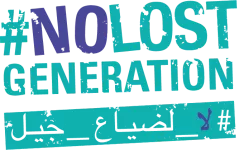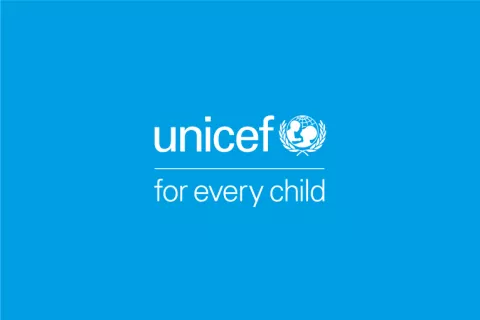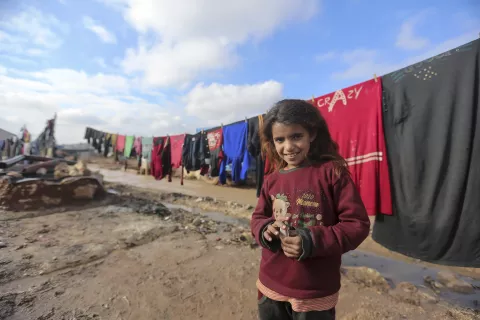The child neglect in humanitarian settings report
The Alliance for Child Protection in Humanitarian Action
Highlights
Neglect is the most common form of child maltreatment outside the humanitarian sector. Little research has been done on its prevalence or forms within humanitarian contexts, but anecdotal evidence suggests that neglect is one of the most prevalent forms of child maltreatment in contexts of crises and conflict. Current evidence from variety of disciplines shows that neglect can have grave and lasting negative influence on almost every aspect of child development and wellbeing. Its potential impact as well as scale make neglect an important area of work for those involved in Child Protection in Humanitarian Action (CPHA).
The risk factors that contribute to neglect are often heightened by natural or man-made crises and conflict, leading to higher incidence and intensity of neglectful acts and situations. Protective factors that support children within their socio-ecological environment are also weakened and/or eliminated in humanitarian settings. Distressed families, peer groups that may be torn apart, communities with stretched resources, and societies with disrupted social fabric are less able to protect their children from harm. As part of the second revision of the Minimum Standards for Child Protection in Humanitarian Action (CPMS), the Alliance initiated an inter-agency process to develop a definition for ‘neglect’ in humanitarian settings and to provide recommendations for reducing its influence on children and the society.
This document provides the definition of child neglect in humanitarian settings, synthesis of evidence on the prevalence and impact of child neglect in humanitarian contexts and recommendations for research and practice in this area. The definition presented here is based on consensus that emerged from an inter-agency consultation process and found as most useful for child protection programming in humanitarian contexts.



